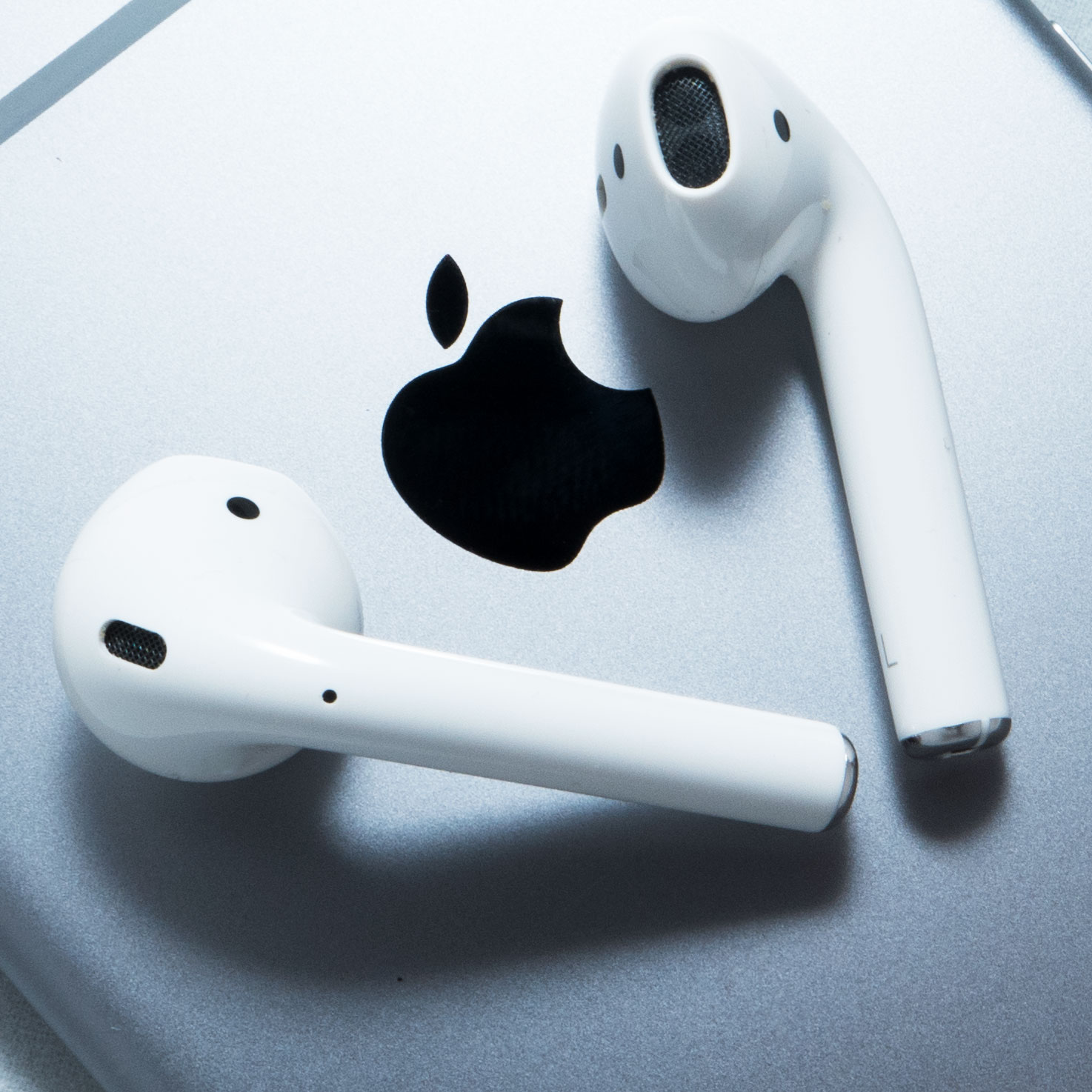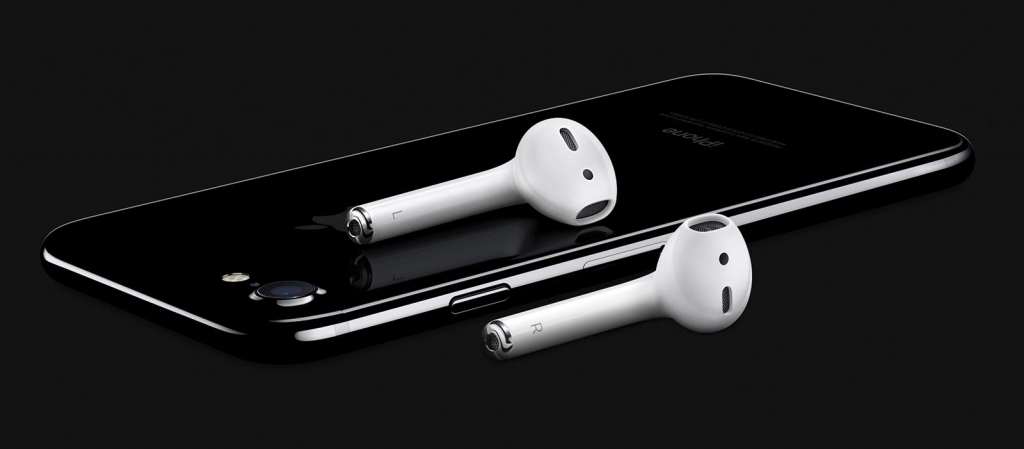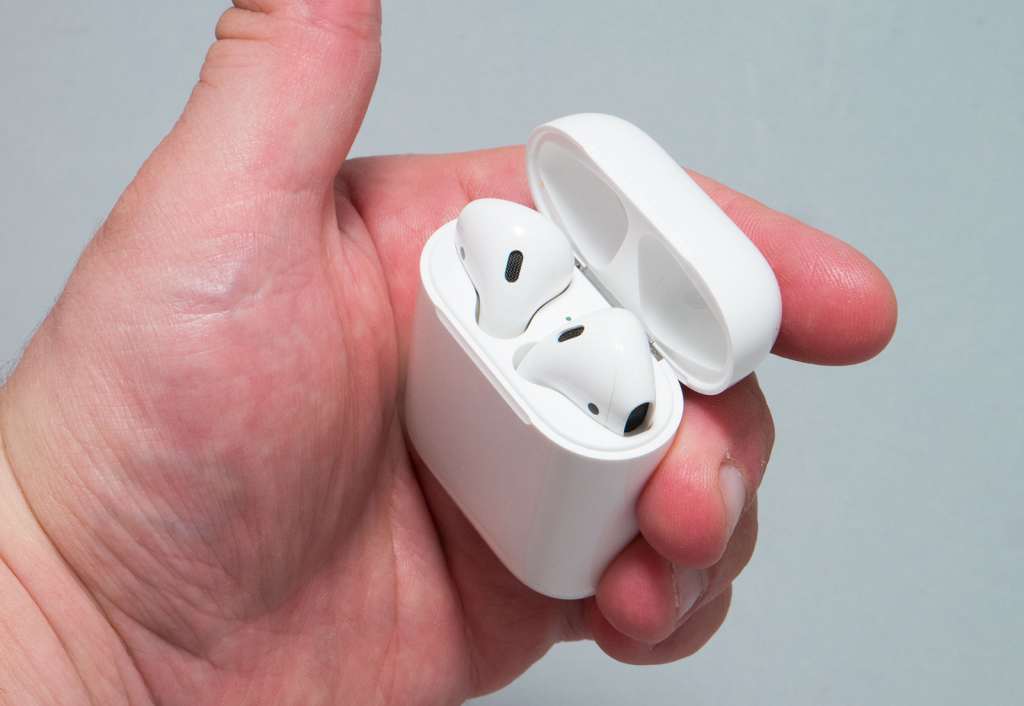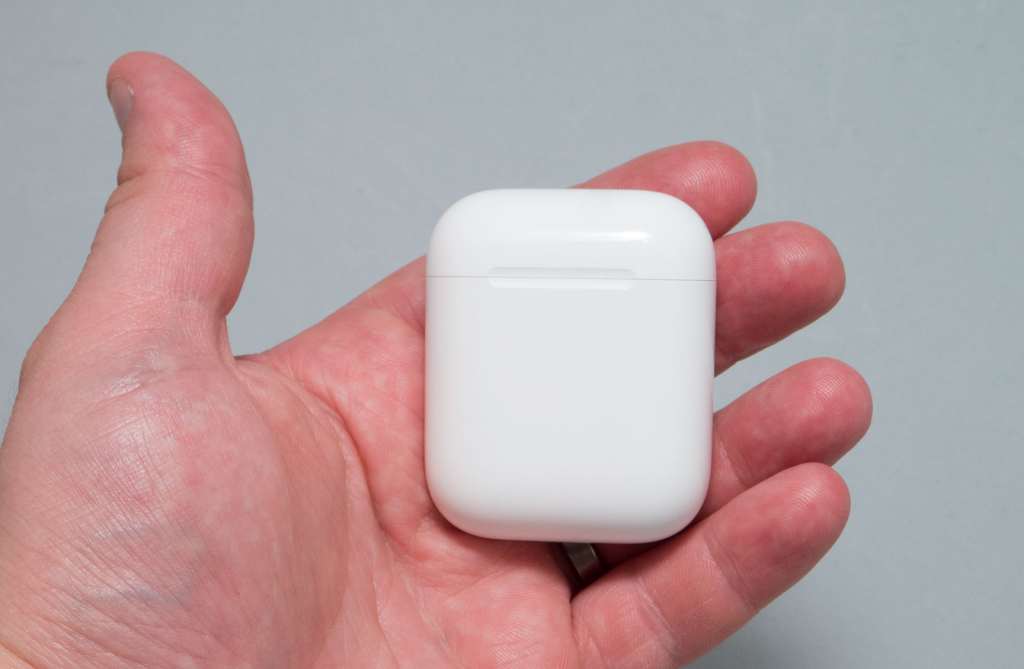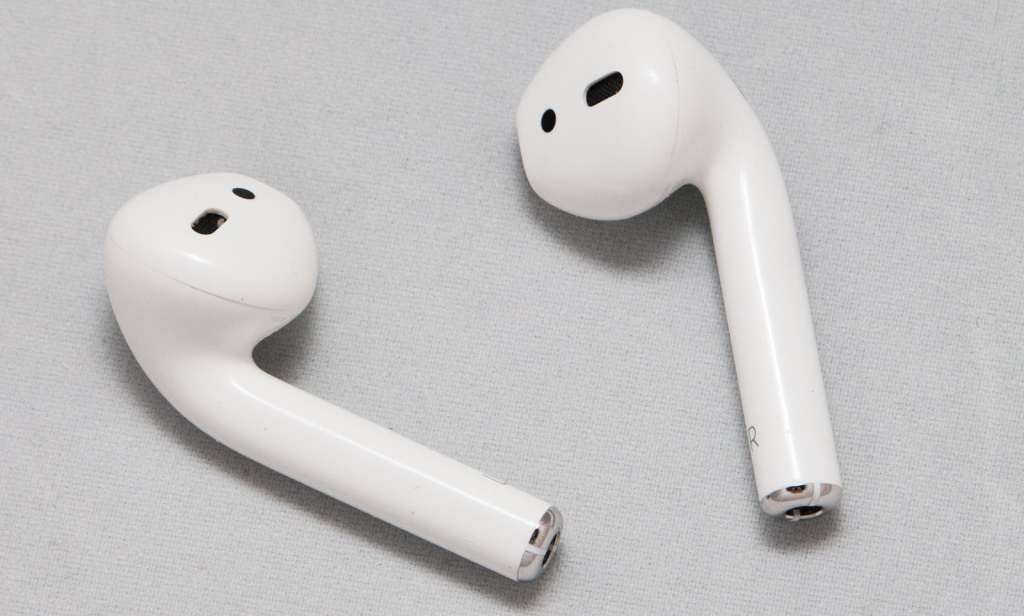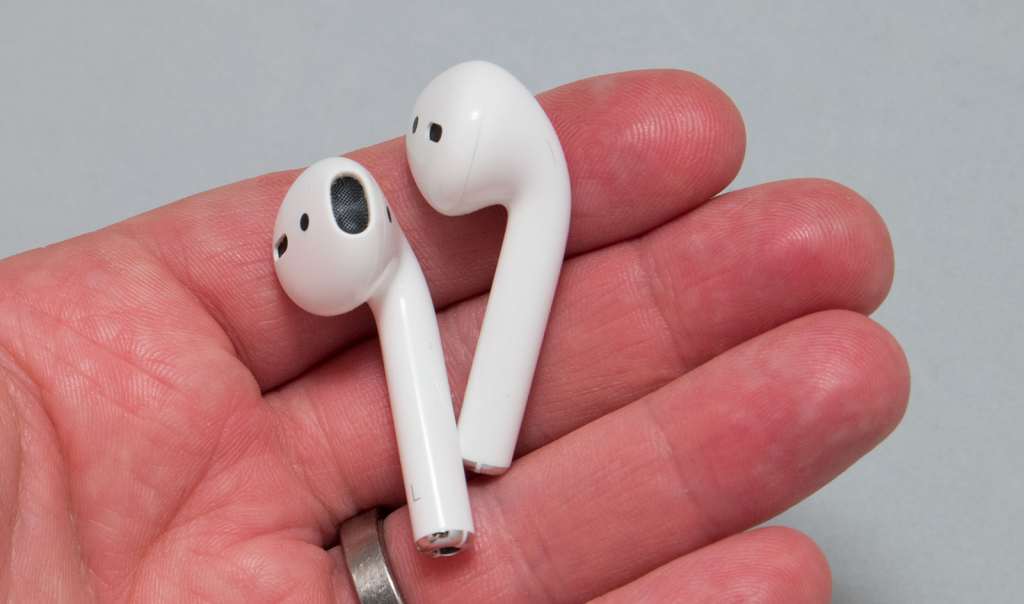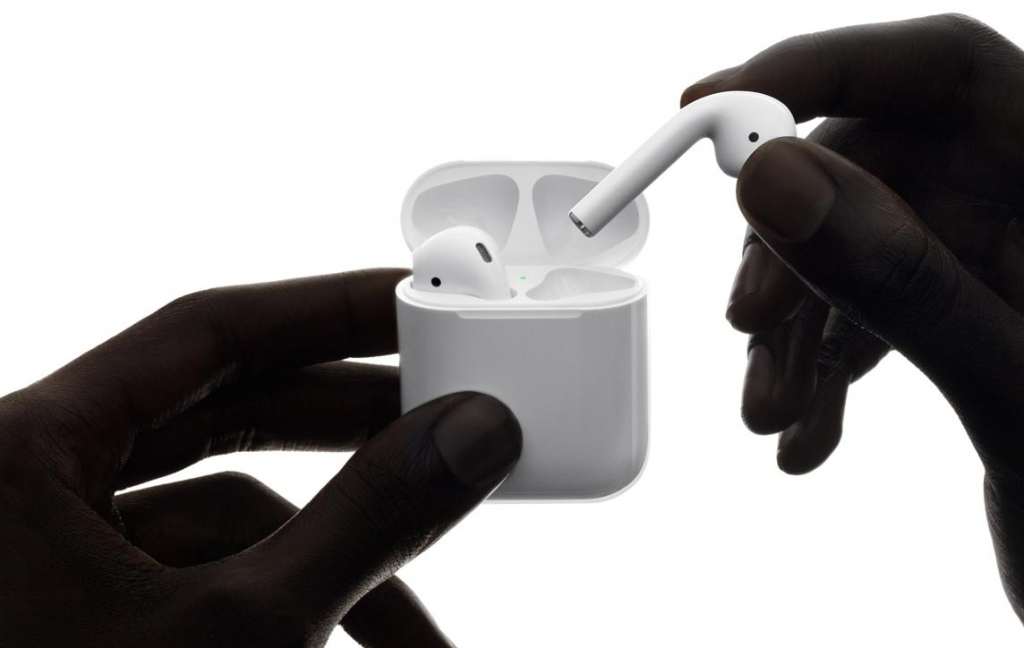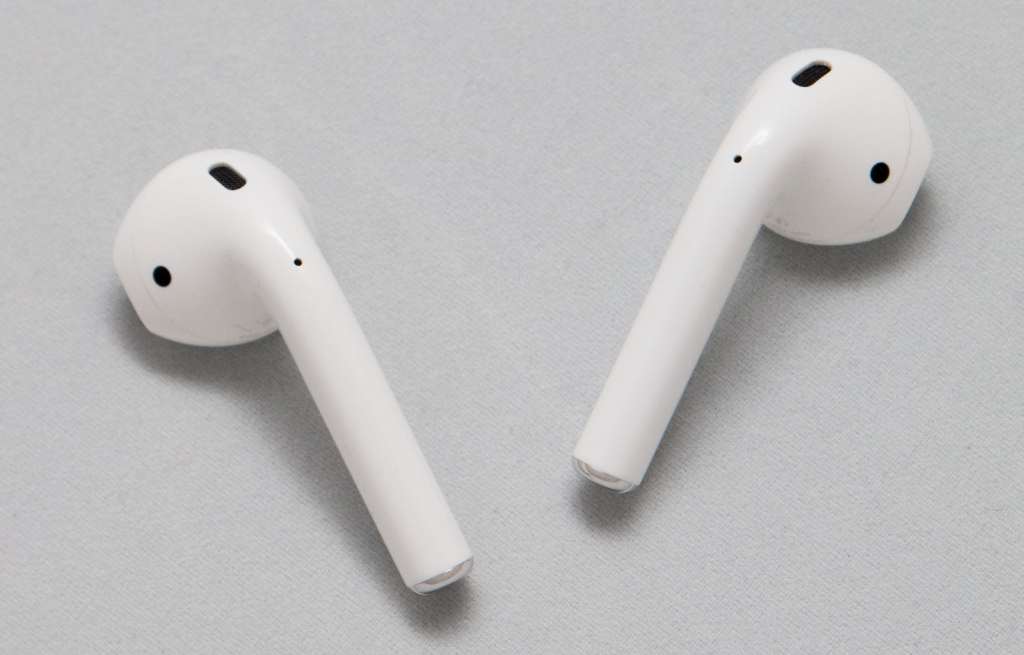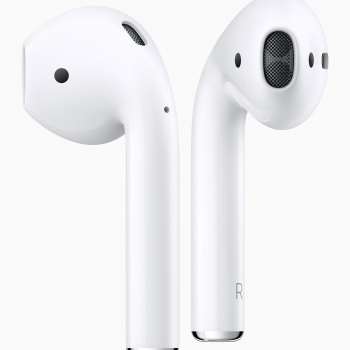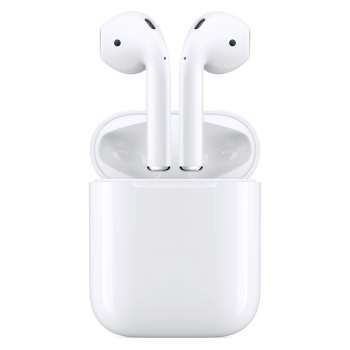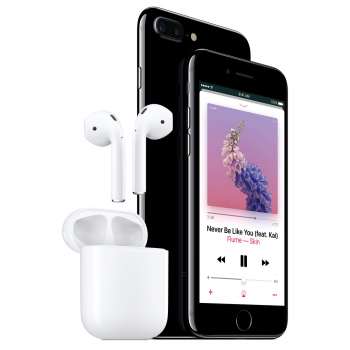Quick review
The good
The not-so-good
When Apple wants to shake up the world, it usually does so with a bit of a bang. Now that it has removed the headphone jack, it’s time to remove that pesky cord in Bluetooth, too.
That’s the idea with the AirPods, Apple’s take on its own wired EarPods that come with the iPhone, as the company leverages the familiar and combines it with what is not, cutting a cable and making things just that much more modern in the process.
Design and features
Its first wireless earbuds, the Apple AirPods are just that: earbuds.
In a day and age where the earbud has mostly disappeared, it’s surprising to see a company still drive this earphone form-factor hard.
We’ll get to why we’re not super fond of this style later in the review when the reasons become apparent, but we kind of get why Apple hasn’t budged: it works, and it works well.
Apple’s wired EarPods have for a long time been some of the better free in-ears to arrive with a phone, and something most companies struggle to meet. While other manufacturers generally package in throwaway earphones, Apple’s are otherwise decent, even if the volume output needed doesn’t always make for something good for those eardrums of yours.
Because they’re already good, it’s not hard to see the company has a “if it ain’t broke, don’t fix it” mentality, making it unsurprising that little has changed in the wireless versions.
Except for that there’s no cord.
Yes, the major change for the AirPods comes from the fact there Apple has cut the cord completely, basically providing two individual EarPods connected by Bluetooth to talk to each other, which in turn talk to your phone or tablet.
This design has won some people over, and divided others, and frankly we’re on the opposing side simply because it looks a little odd.
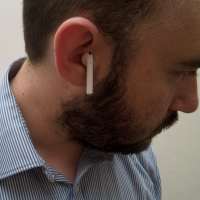
Make no mistake, the AirPods look strange, almost as if Apple’s designers had to blink several times, ponder on the concept, have a drink, blink more, sleep on it, blink more, and then finally settled on the idea that yes, people would accept this.
If you get around the awkward look, they fit in the ear a little better than the standard wired EarPods simply because of that missing cord.
Yes, they look weird, but they fit better, so that’s positive.
Convenience
They’re also surprisingly convenient, and you can thank the box design for that.
Not the box the whole product comes in; that’s nice, but after you get it out, who really cares?
Instead, we’re talking about the small plastic battery box that holes the AirPods themselves, with shaped recesses for each AirPod with a magnet at the bottom of each allowing you to quickly insert the earbuds for safe keeping and quick charging, complete with a little light inside telling you when it’s charging and finished with colours.
It’s about as seamless as it gets, and is one of the nicest earphone cases we’ve ever come across, the recharge box acting as a small storage bay for the tiniest headphones you’ve ever wanted to own, complete with the Bluetooth setup button found on the back of the box.
The box has even been programmed rather intelligently, so you can’t pair the AirPods to another gadget unless both are inside the charger, making it less likely that your audio will ever skip out on account of accidentally triggering the Bluetooth pairing procedure.
Connectivity
Interestingly, this is one of the first Apple products we’ve seen to openly acknowledge other devices, and mentions in the instructions how to pair with another phone or tablet.
On the iPhone and iPad, it’s pretty simple, with a new pair of AirPods being seen by the iPhone or iPad upon being taken out of the box and linking up using the W1 chip, a connection that strengthens the Bluetooth and seems to provide a better connection overall.
Over on Android, the setup process is about as standard as they are with other wireless earphones, meaning you put the AirPods in pairing mode and connect them in Bluetooth, while the connection is mostly fine on Android, but does occasionally cut out depending on where you are and how much wireless activity is happening around you.
We’re not surprised by any of this, however, as the AirPods were supposed to be one of the first earphones that championed Apple’s W1, but missed out due to production timings, beaten by Apple’s Beats Solo 3, which surprised us greatly (in comparison, at least).
It’s not a shock that an Apple-made chip plays better with a phone that works with that chip. Hell, getting an Apple wearable to work with anything that isn’t made by Apple is the real surprise, and something to at least be thankful for, especially when not all wireless earphones are platform agnostic.
Performance
Testing using the Pickr Listnr playlist, it’s not hard to see that Apple’s AirPods are pretty much identical clones to their unwired siblings, offering surprisingly solid sound when you’re in a quiet environment, and then losing volume due to the earbud form-factor the moment you go out in public.
Let’s deal with that later and for now focus on the sound, because we were pleasantly surprised.
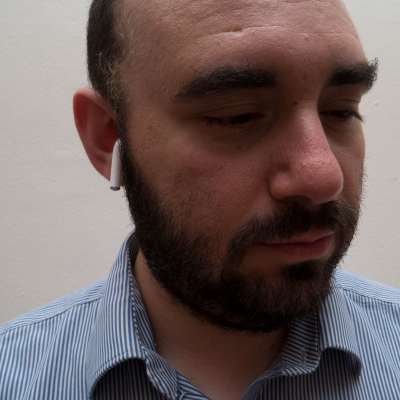
The highs and mids aren’t lost either, and the earbuds are surprisingly balanced, with perhaps a little more attention made to the bottom end than you might expect, but not a whole lot more.
In Michael Jackson’s “Billie Jean”, the vocals were tight against the instruments and the bass line, though we found we had to press the AirPods deeper in our ear to keep that bass strong, with much the same with Maroon 5’s “Sugar”.
Small details are there, too; the finger clicks, the snaps, the subtle call outs from the singer, even if they’re not as noticeable with the AirPods as you might expect.
Rock fares well here too, and Beck’s “Dreams” punches with a solid attack on the highs just behind that slightly over-emphasised bass, while the deep sound of Muse’s “Madness” warbled in the eardrums in a marginally more punchy bottom end as the vocals of the group’s lead singer, Matt Bellamy.
Classical and jazz handle themselves too, as music without highly engineered sound still manages to push through with a nice flow, though it becomes clear in Nigel Kennedy’s “Walk on the Ice” and Dave Brubeck’s “Take Five” that the bottom end and mids have the most power in pieces of music without extra engineering.
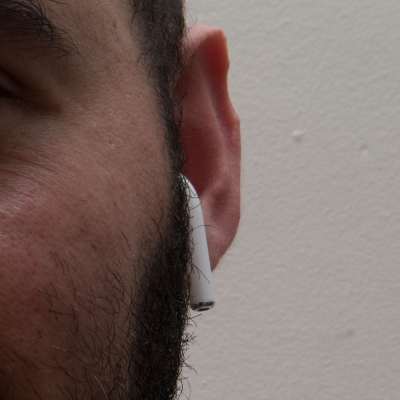
Virtually none of this performance is surprising to Apple, however, which insisted its AirPods were wireless and cordless versions of its already established EarPods, which are among the nicest sounding supplied earphones you can get with a phone.
Even the volume is solid, really needing about 50 percent of volume levels in a quiet or ambient environment, like an office, a library, a lab, or at home.
We even had to get out a pair of new EarPods just to see how spot on they were, and they aren’t far off. The new AirPods are perhaps a little more balanced and accurate than the regular old wired EarPods, but not by much. This is about as close a conversion as things get.
But there’s a catch. There’s always a freakin’ catch, right?
The catch is the sound being this good and the volume being as strong as it is only apply when you’re not in transit, when you’re not walking around in human traffic and forced to listen to all the ambient noise happening around you.
When you’re moving, the form-factor of the earbuds take hold, and because these don’t really block noise at all and rather just let everything in while providing sound to your ears, you find yourself having to turn the volume up.
And by up, we mean it.
You know that person on the bus who has their audio turned up so loud that you can hear it? That loud.
Turn it up all the way to 100 percent, because that’s needed in public on buses and trains, with little of the warmth from playback in a quiet room detectable when noise is all around you, as one of the drawbacks of the earbud design remains.
We have to wonder if Apple had made the EarPods more like an in-earphone design if this would be an issue altogether, and while we can only speculate, it feels as though if the earphones did more to close the aural cavity — your earholes — and supply music, all would be fine.
But that’s not what happens here. Instead, it’s just like the EarPods, with music supplied but enough of your ears open to let everything else in.
That’s fine if you want to work and listen to people talking around you, like having your own background soundtrack while people talk or you think people might yell for you in another place; your ears are open and you can concentrate on more than one audio source at a time.
But if you want to surround yourself in the sound, and if you want to block the outside world and just get through town without listening to every other person talking at the top of their lungs, these are not for you, because just like their wired siblings, you will hear everything and your music, and your music won’t take priority.
Ease of use
Controlling the AirPods is where things get a little odd, because with as small a form-factor as they have — the completely cord-free concept removing the regular remote that typically sits on the cords — you aren’t left with a whole lot of choices for control.
If this were a conventional pair of corded Bluetooth earphones that were linked by one centralised cable, there’d still be a remote, but we don’t have that here.
Instead, Apple has cut down on the controls significantly, opting only for a double tap on either AirPod to pause and play tracks.
And that’s it. There’s no skip track forward or go back, nor is there any volume control on the AirPods. There’s merely pause and play, with everything else controlled by phone or watch.
If you have an iPhone, you’ll find you can take one AirPod out and the music will pause, but on Android, that feature goes away, so you’ll want to memorise the double tapping of either AirPod to stop the sound, which works on either platform. Neither will let you change tracks, however, requiring that phone or watch control.
In a highly futuristic world, the dream is probably that this doesn’t matter because you can turn to your smartwatch to control the volume and skip the tracks, because if you have an Apple Watch — or even another app-connected smartwatch — this is exactly what you can do.
But if you don’t have one of these accessories, and if you haven’t embraced wearables, you’ll be forced to get out your phone and to control the sound, changing tracks and volume with that device.
For some, this will be an inconvenience, while others won’t care. We weren’t too fussed getting our phone out, but if you are and don’t have a smartwatch, know that this is a limitation of the current AirPods.
Value
Pricing then becomes the next big issue, because at $229, it’s clear these are not exactly inexpensive earphones.
Factor in the cost of replacement AirPods if you lose them, and the price starts to become downright frustrating, with a lost AirPod costing you $99 to replace.
At $229, we’re not sure if Apple’s AirPods are exactly worth the money. While we like the sound at work, we find them lacking in transit, and the design still throws us.
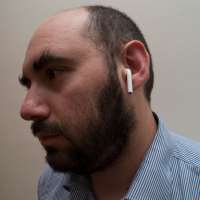
With an almost identical sound profile, that technically means you’re being charged $184 for the privilege of cutting the cord, and we’re not sure that’s worth it.
If the AirPods were closer to $159 or maybe a little more, it would make more sense in our minds, and the value would be logical: they’re EarPods as you know them, but wireless and the new definition of cool.
But at $229, we’re not completely sold, especially when there are just as good if not better options you can get out there that provide this level of sound and then some.
Final thoughts (TLDR)
Despite the few issues we have with the Apple AirPods, they’re very easy to like.
They’re small, convenient, and while we’re not massive fans of the cut-cord design, they’re still cool.
This type of design isn’t completely new, and Sennheiser and Samsung have both tried something like it in the past, as individual earphones talk to each other to keep music in sync while also talking to the music player.
And yet Apple has somehow made it just that much easier to connect to, probably because the EarPods are already synonymous with mobile music.
You know someone who wears the Apple white earbuds, and who probably swears by them. This reviewer’s wife loves them and refuses to move on.
That’s the audience for the AirPods in a nutshell, or an AirPod magnetic white shell: people who love the EarPods but want them wireless will love these things, and we can’t blame them.


